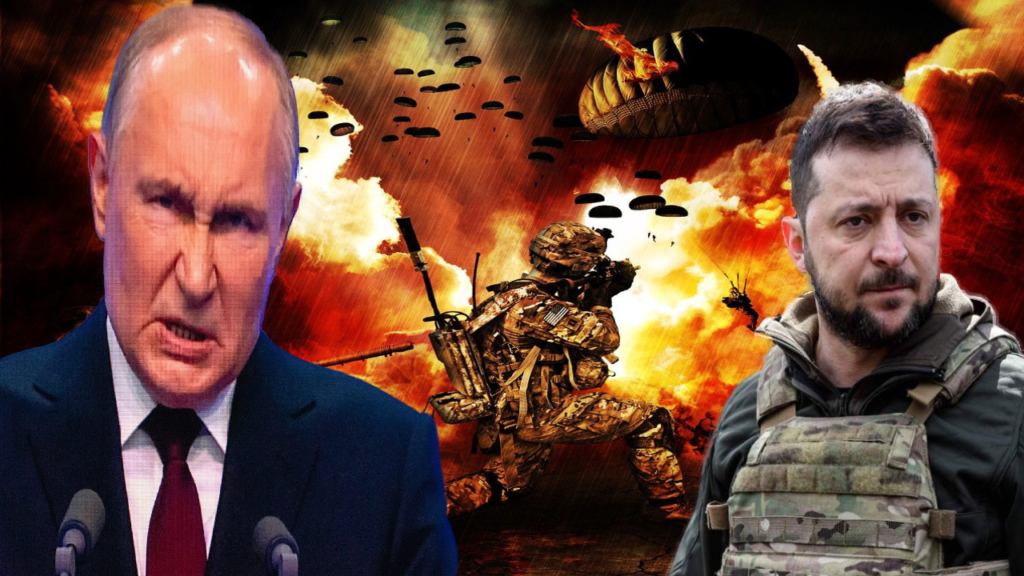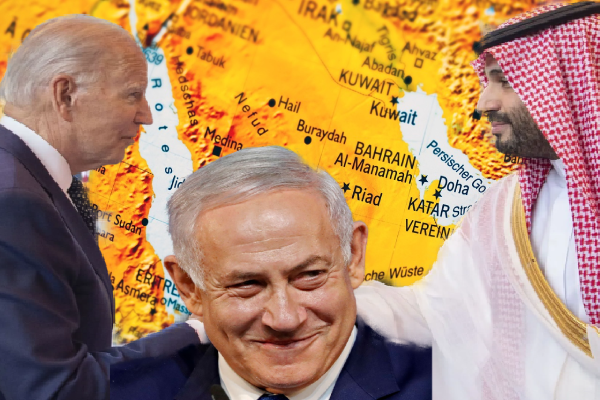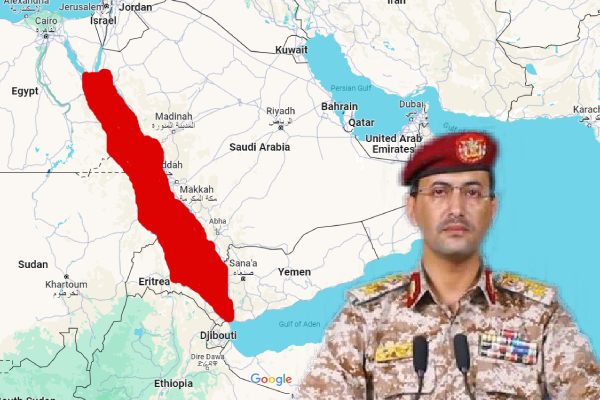Ukraine’s forces have captured 1,263 square kilometres of Russian territory in the Kursk region, a development that has been widely celebrated in Western media. However, it’s crucial to remember that this conflict is fundamentally a war of attrition—a grueling struggle where each side seeks to weaken the other by inflicting heavy losses in soldiers and equipment. The ultimate objective is to exhaust the enemy’s resources until they can no longer continue the fight.
A war of attrition demands a robust economy and a continuous supply of weapons and soldiers. In May 2024, Russian President Vladimir Putin made a significant decision by replacing Sergei Shoigu with Andrei Belousov, an economist with little military experience, as the new defence minister. This move was strategic; it highlights Putin’s focus on sustaining the war of attrition by ensuring sound management of military finances.
Russia’s strong defence manufacturing industry, coupled with a large reserve of soldiers, provides the necessary support to maintain this prolonged conflict, even as the Russian economy faces the strain of ongoing sanctions. Despite these challenges, Russia’s economic situation remains stable enough to support its military efforts.

On the other hand, Ukraine’s war effort is heavily reliant on support from Western countries, both in terms of funding and military supplies. This dependency places a significant burden on Western taxpayers, who indirectly finance Ukraine’s military actions against Russia.
The upcoming U.S. presidential elections in November 2024 add another layer of uncertainty to this support. The potential return of Donald Trump to the White House, with his “America First” policy, could lead to a shift in U.S. foreign policy, placing more responsibility on Europe to manage its own conflicts. This change could falter the flow of Western support to Ukraine, posing a serious challenge to its ability to sustain the war.
Capturing Russian territory, such as the recent advances in the Kursk region, is a significant achievement for Ukraine, but holding onto these territories presents a much greater challenge. Ukraine’s reliance on Western support makes it difficult to sustain control over newly occupied areas, especially when resources and troops need to be diverted from other fronts. As Russia continues to make advances in eastern Ukraine, including the capture of Niu-York, a strategic logistical hub, the strain on Ukraine’s defences grows. By extending the battlefield into Russian territory, Ukrainian President Volodymyr Zelensky risks weakening Kyiv’s defences along the existing front lines in Ukraine.
Officials in Kyiv have suggested that the captured Russian territory could serve as a bargaining chip in future peace negotiations. However, as the conflict drags on, the costs associated with holding onto these occupied territories may outweigh the strategic benefits. Maintaining control over Russian land would require a substantial increase in both soldiers and weaponry—resources that Ukraine might not be able to afford if Western support wanes. Moreover, the logistical challenges of defending and supplying these remote areas could further strain Ukraine’s military capabilities.
In conclusion, while the capture of Russian territory by Ukrainian forces marks a significant milestone, it is essential to view this achievement within the broader context of a war of attrition. The success of such a strategy hinges not only on battlefield victories but also on the sustainability of economic and military resources. As the conflict continues, both Ukraine and its Western allies must carefully consider the long-term implications of their strategies. The ability to maintain momentum in this war will be tested not just by the military prowess of the forces on the ground, but by the economic and political will of the nations supporting them. The future of this conflict remains uncertain, and its outcome will likely be determined as much by the endurance of these factors as by the gains made on the battlefield.



